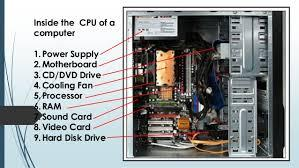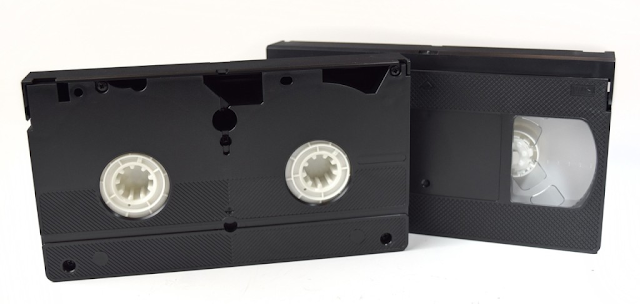Ever wondered how does a CPU actually work? What is inside the CPU? How does a computer work? Let's talk about it.
The Central Processing Unit (CPU) is the brain of a computer, containing all the circuitry needed to process input, store data, and output results. The CPU is constantly following instructions of computer programs that tell it which data to process and how to process it. Without a CPU, we could not run programs on a computer. For example, a simple calculator program might instruct the CPU to take two numbers, 2 and 2, add them, and send back the result. The CPU can process those instructions easily, thanks to a control unit that knows how to interpret program instructions and an Arithmetic Logic Unit (ALU) that knows how to add numbers. With the control unit and ALU combined, the CPU can process much more complex programs than a simple calculator.
The CPU has two major components.
• The Arithmetic and Logic Unit (ALU) - executes the actual instructions. It knows how to add or multiply numbers, compare data, or convert data into different internal formats.
• The Control Unit - does the “housekeeping” i.e. ensures that the instructions are processed on time, in the proper sequence, and operate on the correct data.
At the hardware level, a CPU is an integrated circuit, also known as a chip. An integrated circuit "integrate millions or billions of tiny electrical parts, arranging them into circuits and fitting them all into a compact box.
The Motherboard is the main circuit board for the computer, containing both soldered, nonremovable components along with sockets or slots for components that can be removed. The motherboard holds the CPU, RAM and ROM chips, etc.
A motherboard (also called mainboard, main circuit board, or mobo) is the main printed circuit board (PCB) in general-purpose computers and other expandable systems. It holds and allows communication between many of the crucial electronic components of a system, such as the central processing unit (CPU) and memory, and provides connectors for other peripherals. Unlike a backplane, a motherboard usually contains significant sub-systems, such as the central processor, the chipset's input/output and memory controllers, interface connectors, and other components integrated for general use.
Motherboard means specifically a PCB with expansion capabilities. As the name suggests, this board is often referred to as the "mother" of all components attached to it, which often include peripherals, interface cards, and daughterboards: sound cards, video cards, network cards, host bus adapters, TV tuner cards, IEEE 1394 cards; and a variety of other custom components. Similarly, the term mainboard describes a device with a single board and no additional expansions or capability, such as controlling boards in laser printers, television sets, washing machines, mobile phones, and other embedded systems with limited expansion abilities.
Examples:
Disk drives:-
The disk drive is the most popular secondary storage device, and is found in both mainframe and microcomputer environments. The central mechanism of the disk drive is a flat disk, coated with a magnetizable substance. As this disk rotates, information can be read from or written to it by means of a head. The head is fixed on an arm and can move across the radius of the disk. Each position of the arm corresponds to a “track” on the disk, which can be visualized as one concentric circle of magnetic data. The data on a track is read sequentially as the disk spins underneath the head.
Magnetic tape:-
While disk and optical storage have overtaken magnetic tape as the most popular method of storing data in a computer, tape is still used occasionally – in particular for keeping archive copies of important files.
The main drawback of magnetic tape is that it is not very efficient for accessing data in any way other than strictly sequential order. As an illustration, compare a CD player (which can skip to any track almost instantly) with a music tape recorder (which has to wind the tape all the way through if one wants to listen to a song near the end). In computer terms, the ability to access any record, track, or even part within a song directly is called the direct access method. In the case of the tape recorder one may have to wind laboriously through the tape until one reaches the song required – this is referred to as the sequential access method.





